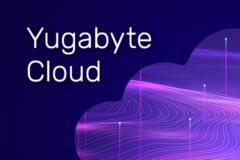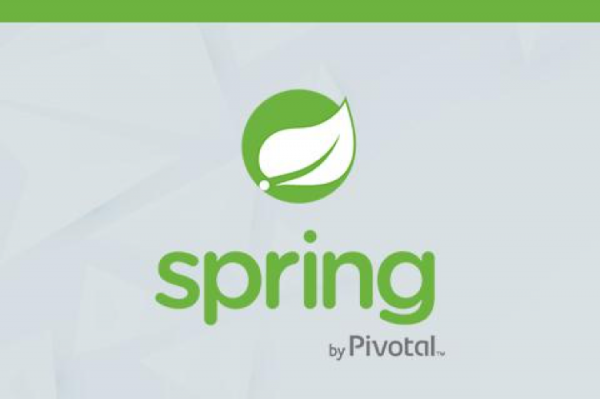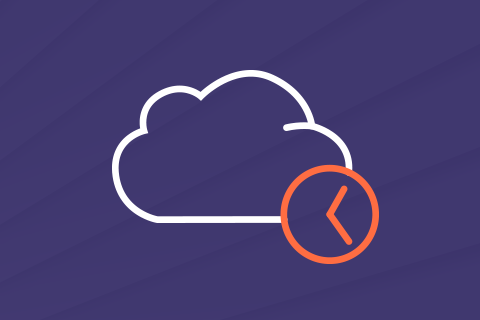Cloud Native Meets Distributed SQL: Bringing Microservices, Kubernetes, Istio & YugabyteDB Together with Hipster Shop Demo
Polyglot persistence is the widely accepted database implementation strategy when it comes to decomposing monoliths into microservices. In practice, this requires every microservice to model its data needs independently using a database that is purpose-built for that particular model, and thereafter store the data in an independent database instance. While independent database instances as a deployment paradigm makes sense from an decoupled microservices architecture standpoint, choosing multiple different databases each with a specialized data model is usually justified in the context of performance,
…









